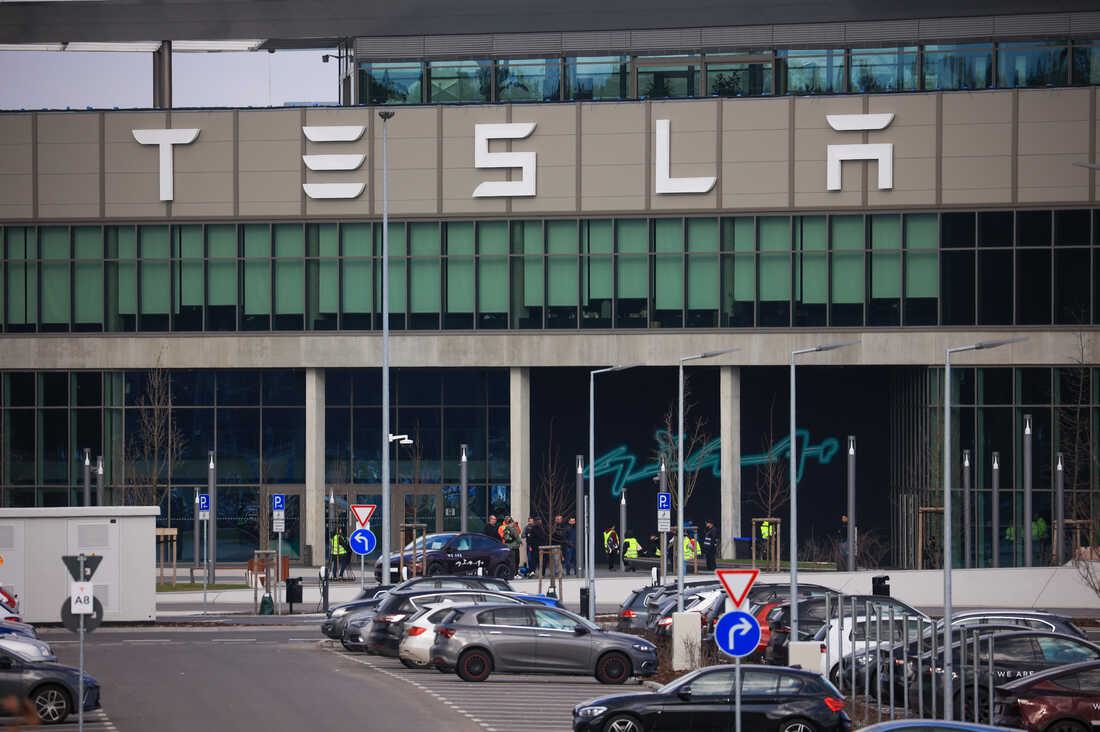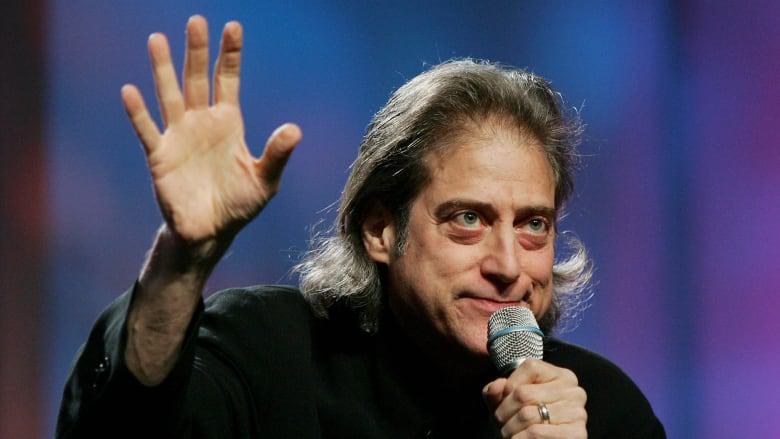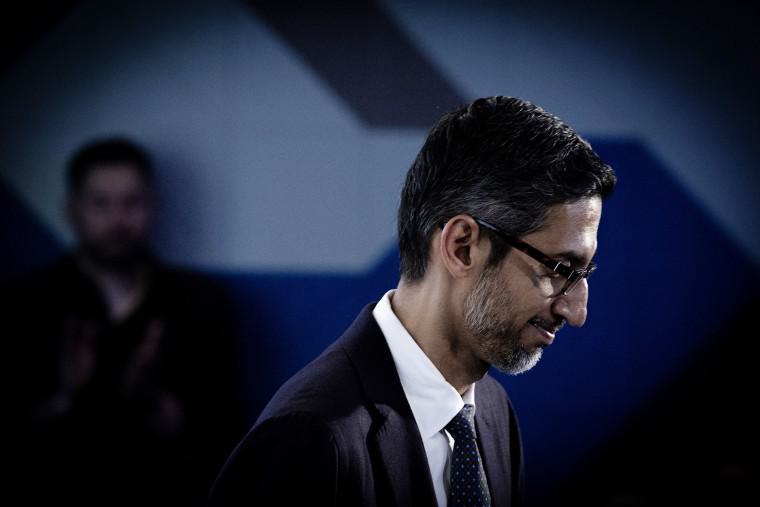Japan Cabinet Approves $130 billion In Fiscal Steps To Boost Economy - Dispatch Weekly
August 2, 2016 - Reading time: 5 minutes

Japanese Prime Minister Shinzo Abe’s cabinet approved $13 billion in fiscal measures to pay low-income earners cash handouts of 15,000 yen in an attempt to improve the flagging economy.
The government’s package contains 7.5 trillion yen in spending by the national and local governments and earmarks 6 trillion yen from the Fiscal Investment and Loan Program, which is not included in the general budget.
The package
“With this package, we’ll proceed to not just stimulate demand but also achieve sustainable economic growth led by private demand,”
-Abe Shinzo
The government hopes that the planned measures will increase gross domestic product by about 1.3 percent in the near term. Officials stated that the package will be implemented over several years.
Despite three years of “Abenomics,” a mixture of accommodating flexible spending and economic policies, Abe ordered his government last month to take further measures in crafting a stimulus plan, to improve consumption.

Wavering public opinion
Abe’s massive win in the election for the upper house of parliament last month is being questioned over failure to revive the economy. Instead they had pointed toward the decrease in oil prices, strict immigration laws and inflation.
Consumers are still recovering from the huge sales-tax increase Abe commissioned in 2014.This led to three years of growth below 1 percent, below Abe’s 2 percent target.
The 281 trillion yen package includes public-private partnerships and other non-direct government outlays. The government expects the stimulus to boost real gross domestic product (GDP) by around 1.3 per cent in the near term.
Investor confidence
Investors remain uncertain as to how the BOJ policy will play out. Japanese government bonds saw their worst sell-off in more than three years as investors believed the Bank of Japan could ratchet back the pace of its government bond buying.
Governor Haruhiko Kuroda said that the planned review would not lead to the BOJ to weaken its stimulus, adding, “I don’t think that would happen.”
The pressure on fiscal steps has led to doubts about Japan’s capability to resolve its massive debt. The government is considering issuing construction bonds when they arrive at a supplementary budget figure later on in the year.

Koya Miyamae, senior economist at SMBC Nikko Securities said, “ To prevent a fiscal cliff, the government will likely repeat large-scale stimulus. Considering that a general election must be held by late 2018, direct government spending would become larger, which could further delay Japan’s fiscal consolidation goal.”
Tomo Kinoshita, chief market economist at Nomura Securities Co. in Tokyo said, “The marginal effectiveness of monetary policy has been reduced after three years […]. Because of that, the administration wants to stimulate the economy through fiscal policy.”

Fiscal policy and the three arrows
Fiscal policy is the second in the prime minister’s “three arrows” aiming to boost a stagnant economy. The first arrow is monetary stimulus and the third arrow is regulatory reforms.
The goal was that structural changes would stimulate Japanese potential growth rate, whilst policy stimulus would be implemented throughout. The results were initially successful as the GDP rose to 1.5 percent in 2013. However, the yen soon decreased thereafter.
His blueprint of government spending and massive monetary easing has brought the yen down to allow for competitive exportation. However, this has not lead to consistent economic growth.

DW Staff
David Lintott is the Editor-in-Chief, leading our team of talented freelance journalists. He specializes in covering culture, sport, and society. Originally from the decaying seaside town of Eastbourne, he attributes his insightful world-weariness to his roots in this unique setting.




